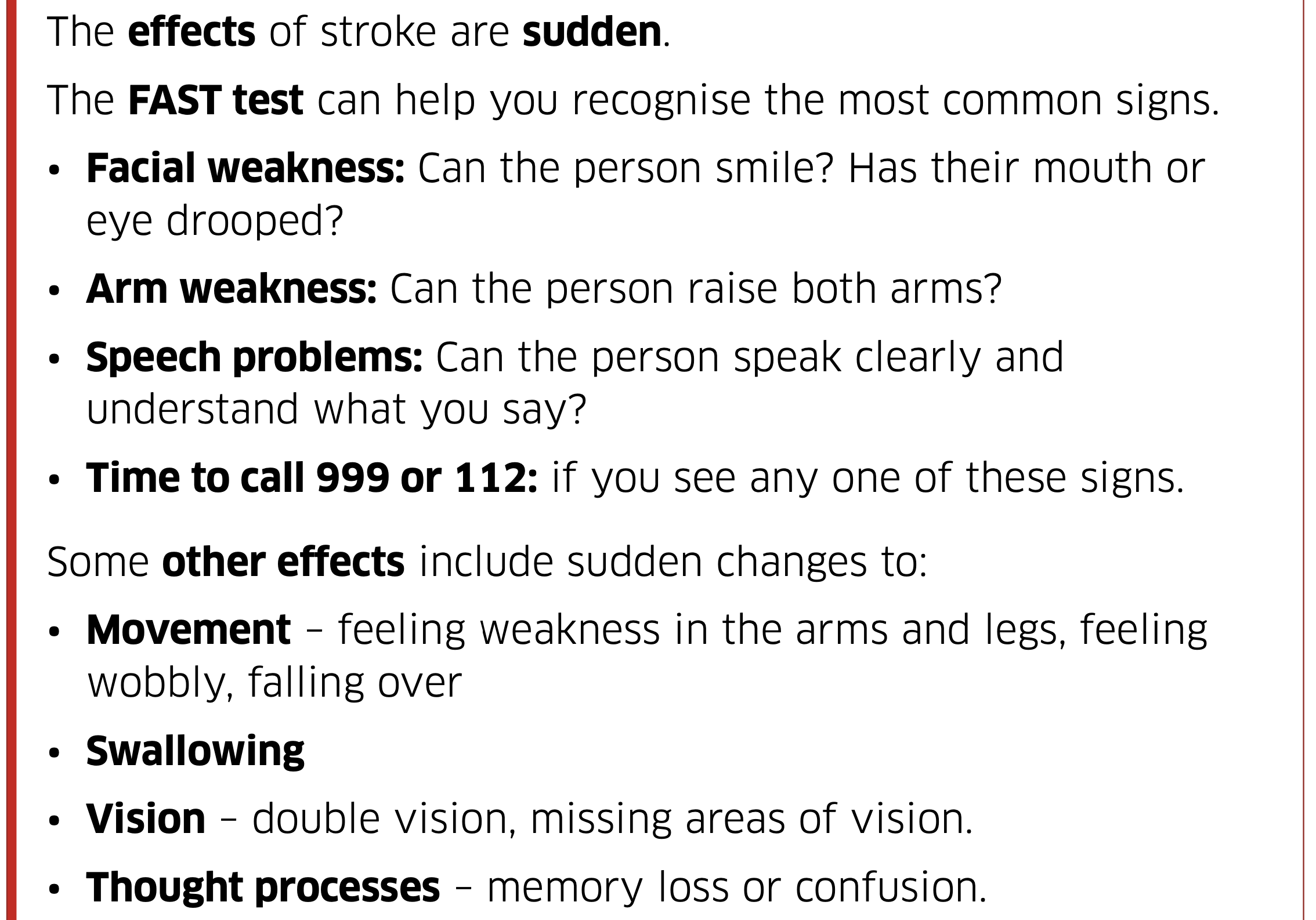National Stroke Guidelines 2023
Amy Bean
Friday, April 14th, 2023
#strokerecovery#strokerehab#strokerehabilitation
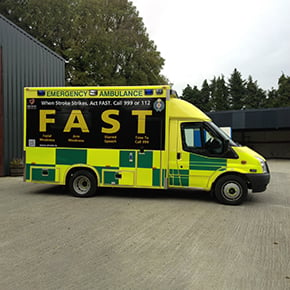
On 4th April the new UK and Ireland National Stroke Guidelines 2023 were published. The last published guidelines were the 5th edition in 2016, and 7 years is a long time in medicine.
These Guidelines bring the biggest changes to Stroke Care and Rehabilitation that we have ever seen.
Almost 300 recommendations were reviewed and updated, 62 key questions searched, 676 papers reviewed and the Guidelines were drafted by a group of over 170 topic experts from the UK and ROI, and they are NICE (National Institute for Clinical Excellent) accredited.
Here at Saebo we have pored over the Guidelines and thought it would be helpful to highlight some key rehabilitation recommendations that stood out for us that are new to these Guidelines.
Rehabilitation Potential
Arguably the most significant addition in these Guidelines is the statement that the term ‘no rehabilitation potential’ is not appropriate and should not be used. Too many people with a stroke have been told this at some point in their rehab journey.
Other key points are:
- People with stroke should be considered to have the potential to benefit from rehabilitation at any point after their stroke (not just movement based, it could be psychological, social etc.)
- Stroke rehabilitation should be needs-led and not time-limited
- People with stroke should receive a holistic annual review conducted by a professional with a broad range of skills and knowledge. If ongoing needs are identified, a referral should be made for Stroke Rehabilitation
Rehabilitation Approach
- People with motor recovery goals should receive a minimum of 3 hours of multidisciplinary therapy a day (delivered or supervised by a therapist or rehabilitation assistant focused on exercise, motor retraining and/or functional practice), at least 5 days out of 7
- The 3 hours can be broken up throughout the day, particularly in the early stages post stroke
- It is important to note that what the therapy comprises of is just as important as the amount given
This is a big step change in the amount of therapy from the previous Guidelines of 45 minutes, 7 days per week. In April 2021-22 the Sentinel Stroke National Audit Programme (SSNAP) reported that just 16.8% of patients received more than 45 minutes of occupational therapy 7 days a week, 11.9% received more than 45 minutes of physiotherapy 7 days a week and 6.6% received at least 45 minutes of speech and language therapy 7 days a week in participating UK hospitals.
With such a big deficit, major changes will need to be made in how therapy is delivered to achieve the new 3 hours per day, 5 days per week target. Group work, semi supervised practice and self practice are amongst some recommended ways to deliver this.
Rehabilitation and Recovery
This section focuses specifically on the physical affects of a stroke and what should be provided to promote motor recovery.
- After a stroke task-specific, repetitive, intensive exercises or activities should be taught, which we already knew from the previous Guidelines. A new addition is that these should be the principal rehabilitation approaches, in preference to other therapy approaches including Bobath
- As there are still therapists using Bobath therapy techniques and attending training courses this will be a controversial inclusion for some therapists. It can be challenging to change longstanding practices. An excellent breakdown of the literature behind this guideline can be read here
- People with stroke should be offered cardiorespiratory training or mixed training once they are medically stable, regardless of age, time since stroke and severity of impairment.
- If you are unable to exercise against gravity then you should consider adjuncts such as electrical stimulation
Rehabilitation and Recovery – ARM FUNCTION
- People with wrist and finger weakness which limits function after stroke should be considered for functional electrical stimulation (FES) applied to the wrist and finger extensors, as an adjunct to
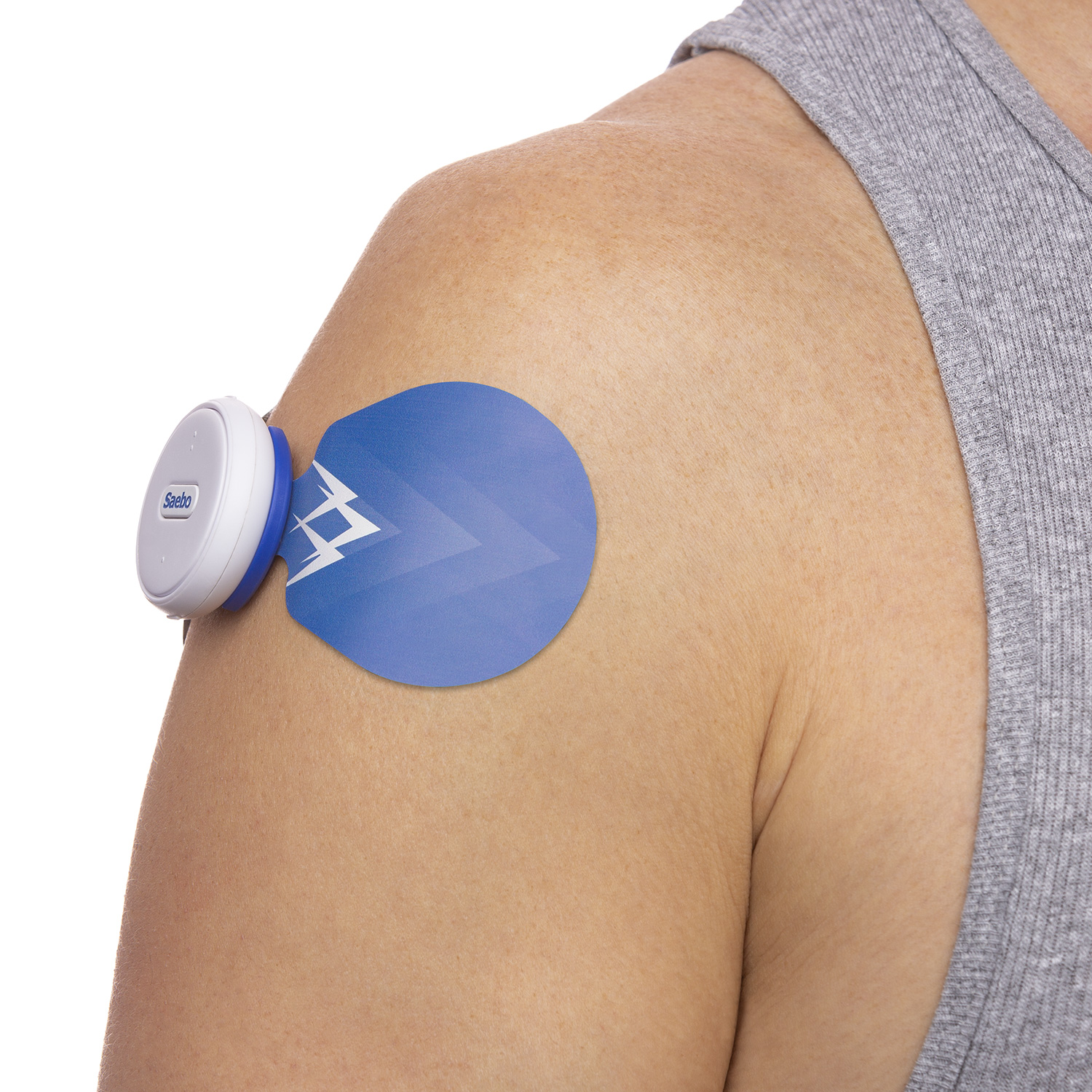 conventional therapy.
conventional therapy.
- This was great for us to see this being included as the research has been there to support this for a while. This is in addition to using it for shoulder subluxation which was in the previous Guidelines and repeated in these.
- Consider Mirror Therapy as an adjunct to therapy
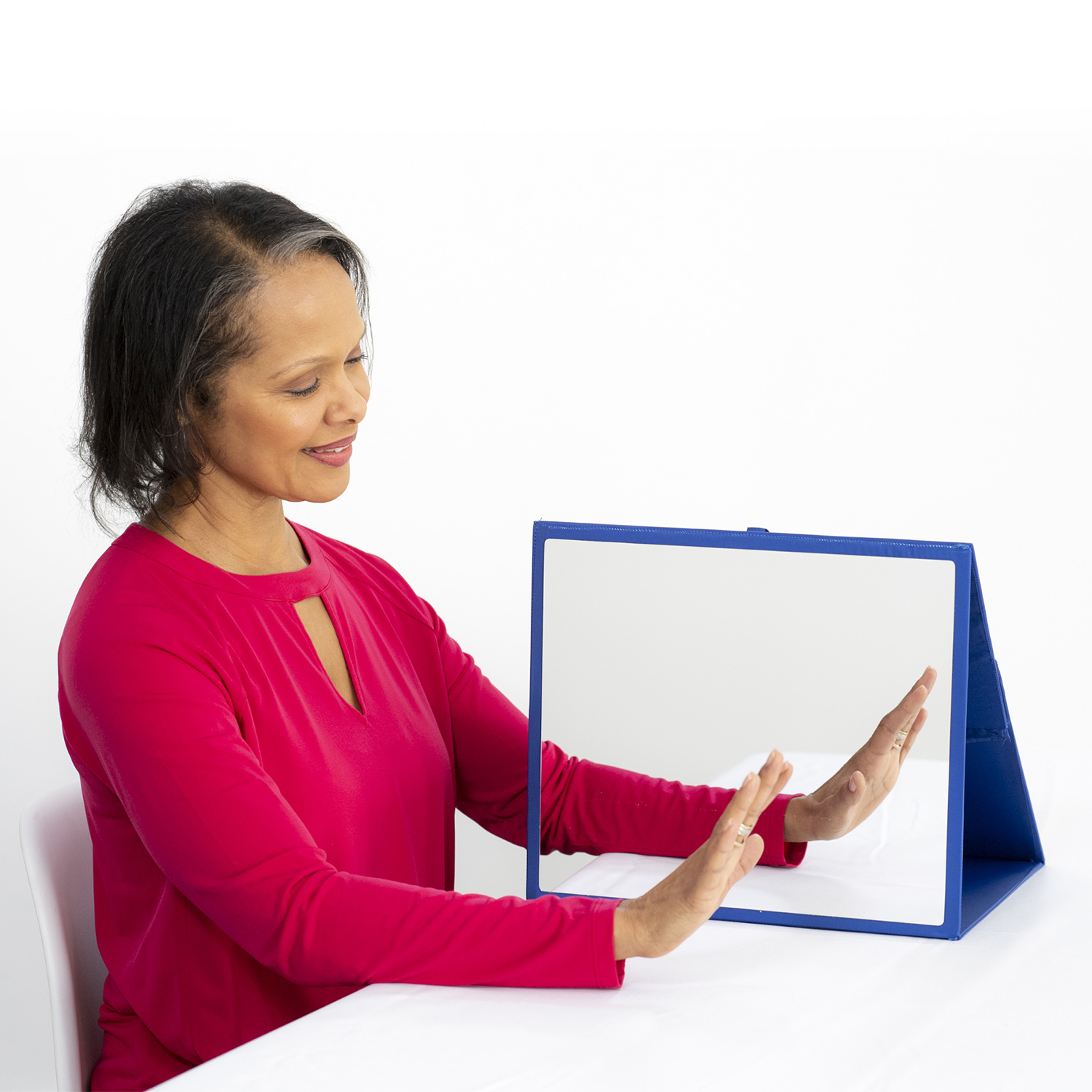
- More good news as you can use Mirror Therapy even with no movement (read our January blog for more info on this)
- Participate in Mental Practice if you are able
- We have a Free App for this ! SaeboMIND
Rehabilitation and Recovery – LEG
- If you have foot drop you should consider FES OR an orthotic.
- Previously the emphasis was on using FES (functional electrical stimulation) only but wearing an orthotic like our SaeboStep has now been included in these guidelines. There is no significant benefit of one over the other.
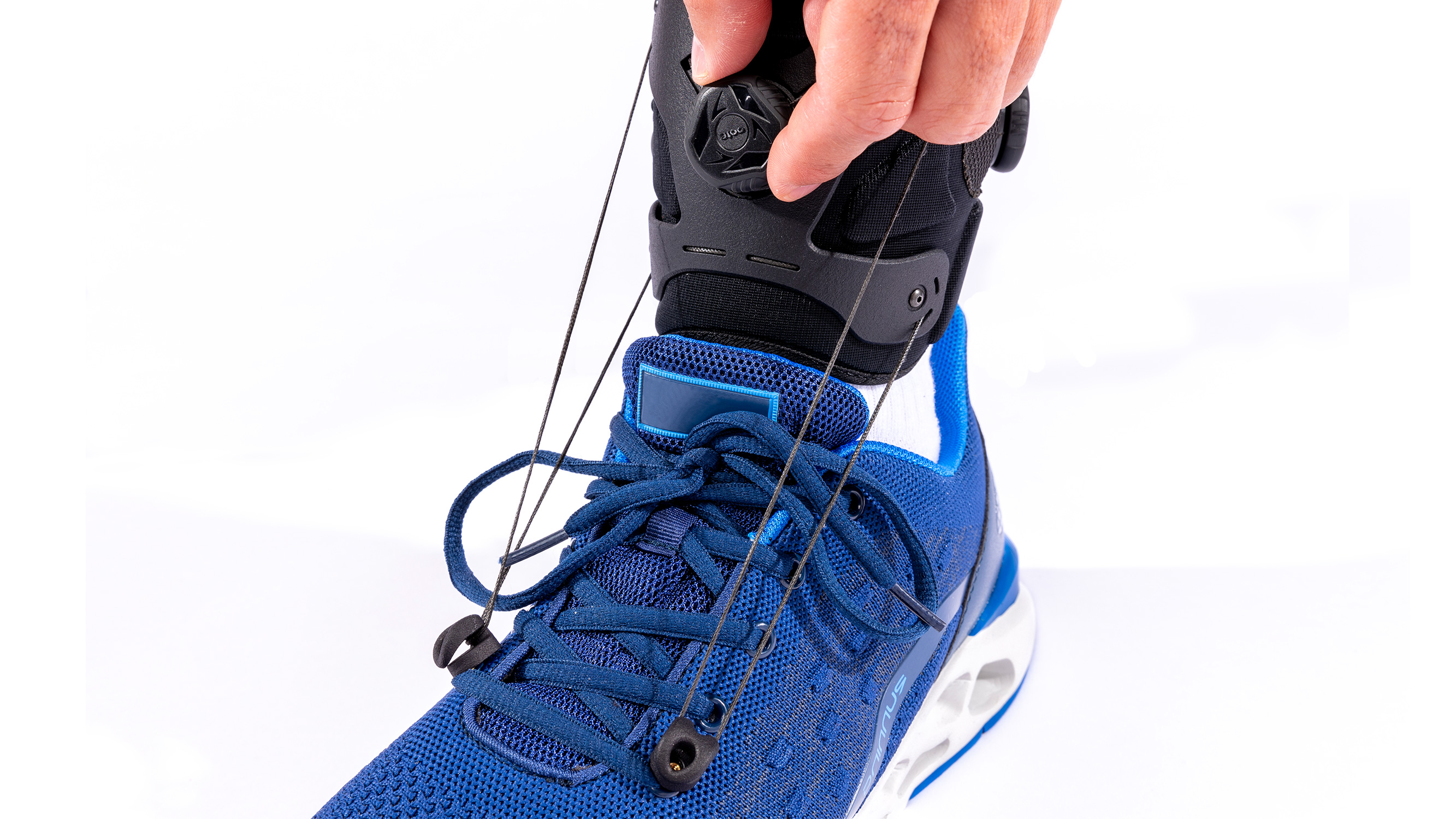
- Previously the emphasis was on using FES (functional electrical stimulation) only but wearing an orthotic like our SaeboStep has now been included in these guidelines. There is no significant benefit of one over the other.
A short, plain summary of the guidelines has also been written and aimed at anyone who has been affected by stroke whether that is yourself, a family member, loved one or as a an easy summary to discuss with anyone.
____________________________
And don’t forget the all important message we all need to share that is in the Guidelines as a reminder to us all …
